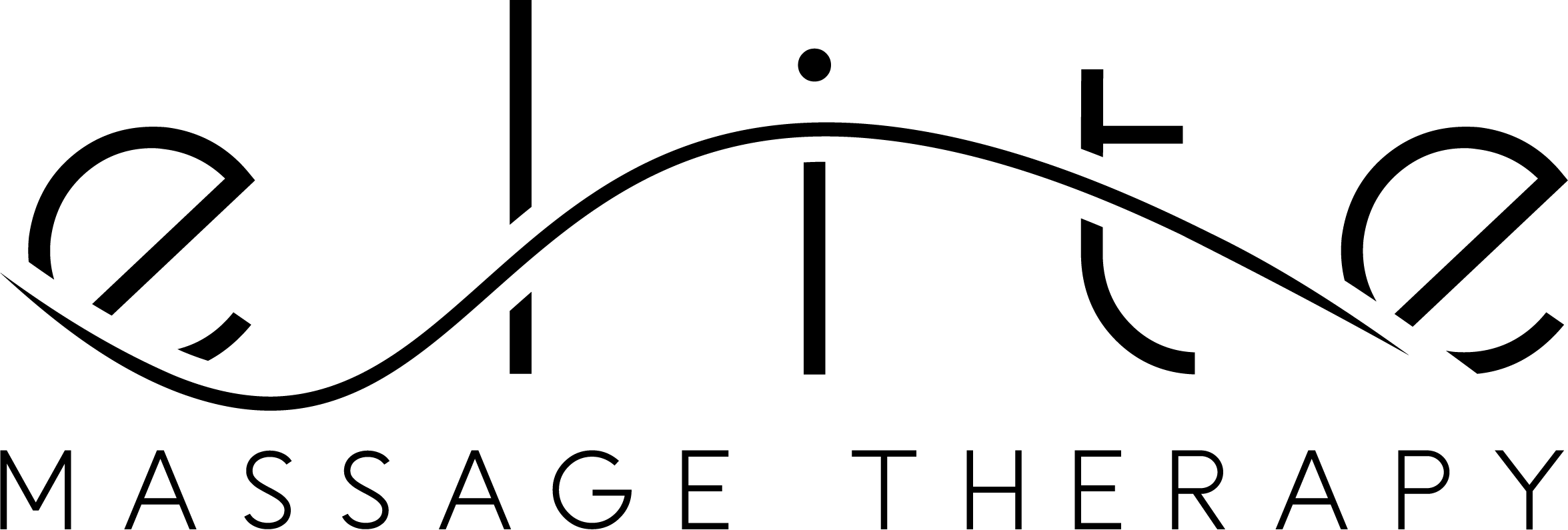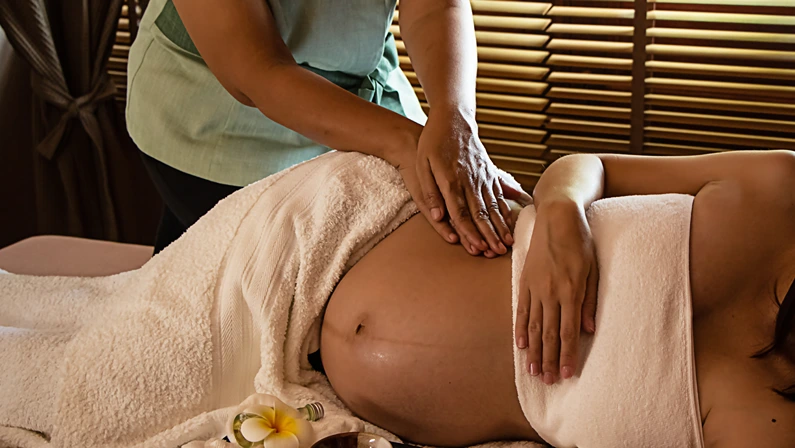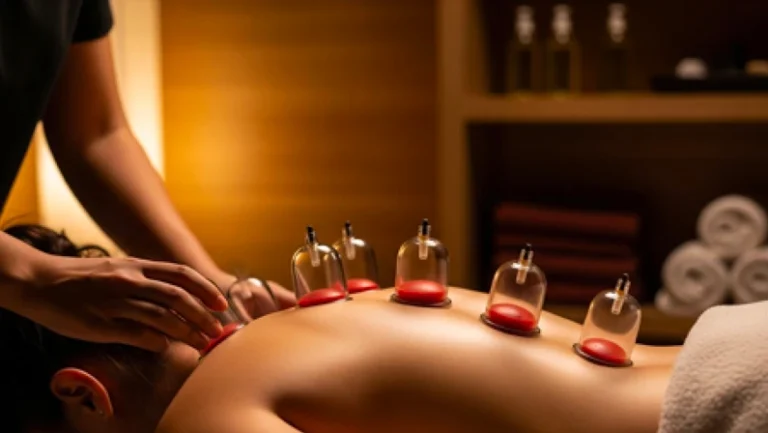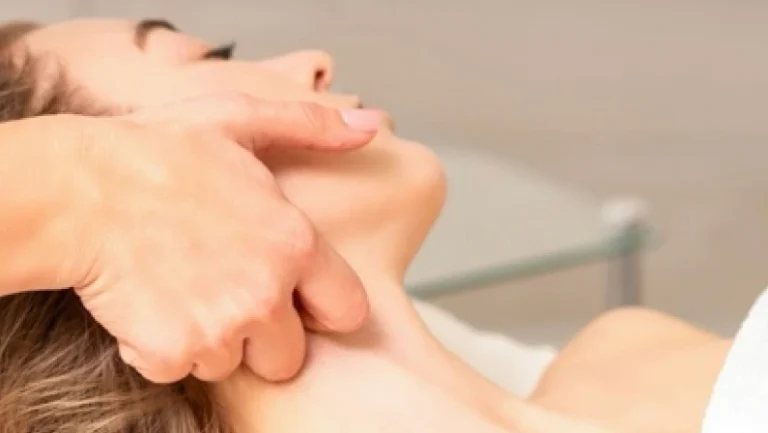Did you know that most pregnant women experience back pain and muscle tension during pregnancy? As your body changes to support a growing baby, discomfort becomes common—but it doesn’t have to be your norm.
Pregnancy is a beautiful yet demanding journey, bringing significant physical and emotional changes. As the body adjusts to support a growing baby, discomforts like back pain, swelling, and stress can arise. Taking care of your body during this time is essential, and prenatal massage offers a gentle, effective way to support your well-being.
This guide explores everything you need to know about prenatal massages, including their benefits, safety considerations, and how to prepare for a session with a certified prenatal massage therapist.
Importance of Self-Care During Pregnancy
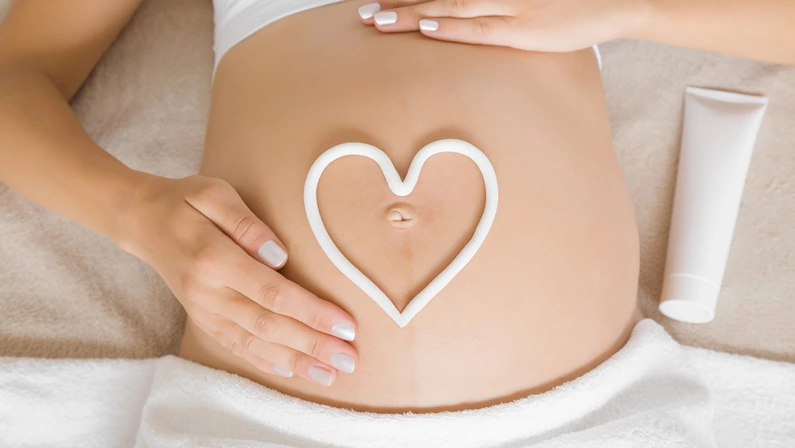
Pregnancy brings physical changes, hormonal shifts, and emotional challenges, all of which can affect your overall well-being. This is why prioritizing self-care during this time isn’t just beneficial for you but also for your baby too.
One effective way to support your body during this period is through prenatal massage (or massage during pregnancy), a specialized form of therapy designed for pregnant women. Incorporating self-care strategies like maternity massage can help manage stress, alleviate discomfort, and promote overall wellness.
What Is Prenatal Massage?
Prenatal massage, also referred to as pregnancy massage or maternity massage (massage maternity), is a therapeutic bodywork technique specifically designed for pregnant women. It focuses on the unique physical and emotional needs during pregnancy, using gentle, targeted techniques to promote relaxation and ease common discomforts.
Unlike regular massages, prenatal massages require specialized training to ensure safety and comfort. A certified prenatal massage therapist understands the adjustments needed for positioning, pressure, and areas to avoid, ensuring a safe experience for both mother and baby.
Key Benefits of Prenatal Massage
Prenatal massage offers a wide range of benefits, supporting both physical and emotional well-being throughout pregnancy.
Physical Benefits
Prenatal massage helps ease the physical strain of pregnancy by:
- Reducing muscle tension and joint pain
- Alleviating back, neck, and shoulder discomfort
- Improving flexibility and body alignment
Emotional Benefits
Beyond the physical relief, massage for pregnant women can have profound emotional benefits, including:
- Reduced stress and anxiety
- Enhanced mood and mental clarity
- Better sleep quality
Circulatory Benefits
Proper blood flow is essential during pregnancy. Prenatal massages support circulation by:
- Enhancing oxygen and nutrient delivery to both mother and baby
- Reducing swelling in the legs and feet
- Supporting healthy lymphatic drainage
Is Prenatal Massage Safe?
Prenatal massage is generally safe when performed by a certified prenatal massage therapist trained in working with expectant mothers. However, it’s essential to get approval from your healthcare provider, especially if you have conditions like preeclampsia, gestational diabetes, or a high-risk pregnancy.
Key safety considerations include:
- Avoiding deep pressure on the abdomen and lower back
- Using side-lying positioning for maximum comfort and safety
- Avoiding massage in high-risk pregnancies without medical approval
A professional prenatal massage therapist will adjust positioning, often using side-lying or semi-reclined positions, to ensure maximum comfort while avoiding pressure on sensitive areas like the abdomen.
How Prenatal Massage Helps with Common Pregnancy Discomforts
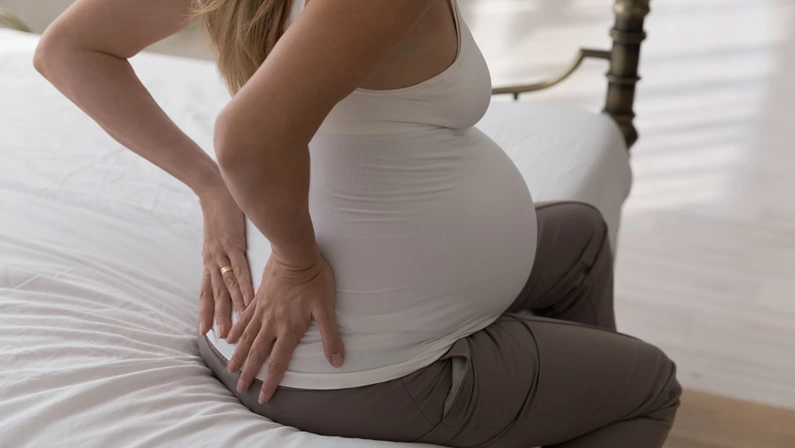
Many expectant mothers turn to maternity massage for relief from common pregnancy discomforts. Here’s how it helps:
Back Pain Relief
As the body adjusts to a growing belly, back strain is common. Prenatal massage eases tension in the lower back and improves spinal alignment.
Sciatica Management
The weight of the uterus can press on the sciatic nerve, causing pain. Gentle pregnancy massage techniques can reduce nerve compression and provide relief.
Reduction of Leg Cramps and Swelling
Fluid retention and poor circulation often lead to swollen legs and cramping. Massage during pregnancy encourages blood flow and lymphatic drainage, reducing swelling and discomfort.
Improved Posture
The body’s center of gravity shifts during pregnancy, often leading to poor posture. Regular prenatal massages can help correct muscle imbalances and support better alignment.
Techniques Used in Prenatal Massage
Massage prenatal therapy incorporates several gentle and effective techniques, such as:
Swedish Massage
Gentle, long strokes to promote relaxation and circulation.
Deep Tissue (Modified)
Light to moderate pressure to release muscle tension without excessive pressure.
Reflexology
Applying pressure to specific points on the feet and hands for overall wellness.
Side-Lying Positioning
Ensures comfort and safety for the mother during the session.
Importance of Working with a Certified Prenatal Massage Therapist
Choosing a certified prenatal massage therapist ensures both safety and effectiveness. Here’s why:
- Specialized Knowledge: Trained in pregnancy-safe techniques and positioning.
- Safety Focus: Understands how to avoid pressure points linked to early labor.
- Comfort Management: Uses pillows and bolsters to maximize relaxation and support.
How to Prepare for a Prenatal Massage

Proper preparation can help you get the most out of your prenatal massage, ensuring a more relaxing and beneficial experience for both you and your baby. Here are essential steps to prepare effectively
1. Consult Your Healthcare Provider
Before scheduling a prenatal massage, speak with your doctor or midwife, especially if you have a high-risk pregnancy, complications like preeclampsia, or a history of preterm labor. Medical clearance ensures that massage therapy aligns with your health needs during pregnancy.
2. Choose a Certified Prenatal Massage Therapist
Selecting a certified prenatal massage therapist experienced in working with pregnant clients is crucial for safety. They will understand proper positioning techniques and pressure adjustments to avoid discomfort or risks.
3. Dress Comfortably
Wear loose, breathable clothing before and after your session. Comfortable attire makes it easier for you to relax, while breathable fabrics help keep your body cool, especially as body temperature fluctuates during pregnancy.
4. Eat Lightly Before the Massage
Have a light snack an hour before your appointment to avoid discomfort from lying down on a full stomach while still maintaining stable blood sugar levels. Avoid heavy meals immediately before your massage.
5. Communicate Discomforts and Preferences
Let your therapist know about any areas of pain, tension, or sensitivity you’re experiencing. Also, share any preferences regarding massage pressure or positioning to ensure maximum comfort throughout the session.
6. Stay Hydrated
Drink water before your massage to support circulation and help your body stay hydrated. Proper hydration also aids in flushing out toxins released during the massage.
Post-Massage Care Tips for Pregnant Women
Taking care of yourself after a prenatal massage is just as important as preparing for it. Proper post-care can help extend the benefits and keep you feeling your best:
1. Rest and Relax
Give yourself time to rest after your massage. Avoid jumping back into demanding activities right away to allow your body to fully absorb the benefits of the session.
2. Hydrate Well
Drinking plenty of water after your pregnancy massage helps flush out toxins released during the session and keeps your muscles hydrated, reducing post-massage soreness.
3. Practice Gentle Stretching
Incorporate light, pregnancy-safe stretches after your massage to maintain flexibility and prevent muscle tension from returning. Focus on areas like your lower back, hips, and legs, where tension commonly builds during pregnancy.
4. Avoid Strenuous Activities
While mild movement like walking is beneficial, avoid heavy lifting or intense workouts immediately following a prenatal massage. Your body needs time to recover and process the relaxation benefits fully.
5. Listen to Your Body
Pay attention to how your body feels after the massage. If you experience unusual discomfort, dizziness, or contractions, consult your healthcare provider immediately.
6. Schedule Follow-Up Sessions
Consider booking regular maternity massages as part of your prenatal care routine. Consistent sessions can help manage ongoing discomfort, reduce stress, and promote better circulation throughout your pregnancy.
FAQs About Prenatal Massage
If you’re considering prenatal massage, you may have questions about its safety, frequency, and effects during pregnancy. Here are answers to some common questions:
Is it safe for all pregnant women?
Prenatal massage is generally safe but should be avoided in high-risk pregnancies or if you have certain health conditions like preeclampsia, placenta previa, or a history of preterm labor. Always consult your healthcare provider before scheduling a session to ensure it’s suitable for your situation.
How often should I get a prenatal massage?
The frequency of prenatal massages depends on your individual comfort and needs. Many expectant mothers benefit from bi-weekly sessions during the second trimester and weekly massages as they approach their due date to help manage tension and discomfort.
Can prenatal massage induce labor?
When performed correctly by a certified prenatal massage therapist, the risk of labor induction is minimal. Specific pressure points linked to labor stimulation are carefully avoided during a pregnancy massage to ensure safety for both the mother and baby.
What’s the difference between prenatal and postpartum massage?
Prenatal massage focuses on easing pregnancy discomfort, while postpartum massage supports recovery and hormone balancing after birth.
Experience the Benefits of Prenatal Massage Today
Investing in self-care during pregnancy is one of the best ways to support both your health and your baby’s well-being. A certified prenatal massage therapist ensures a safe, relaxing experience that addresses physical and emotional needs during this special time.
For the best prenatal massage, visit Elite Massage Pearland or explore their range of services here. Their team specializes in massage for pregnant women, providing professional care for a more comfortable pregnancy. Schedule your appointment today and experience the difference a professional maternity massage can make.
